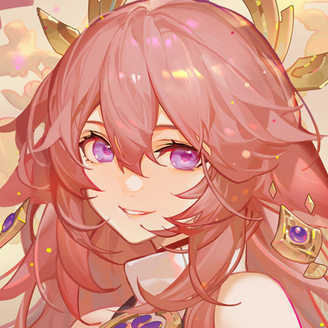Layer Style
A layer style is simply one or more layer effects and blending options applied to a layer. Layer effects are things like drop shadows, stroke, color overlay, outerglow, etc.
Here is an example of 3 layer effects (Drop Shadow, Gradient Overlay, and Stroke).


To set up a layer style, you need to open the layer style dialog window. There are various ways to access the layer style dialog window.
Double-Click on a Layer
By double-clicking on your layer’s thumbnail preview in the Layers Panel, you can open up the Layer Style window.
Right-Click a Layer
By right-clicking on your layer, you can select Blending Options to open up the Layer Style dialog window. From there you can apply layer styles.

Application Bar Menu
Like most things in Photoshop, you can access the Layer Style dialog window through the menu located at the top by going to Layer > Layer Style. You can find each individual layer effect (Drop Shadow, Inner Shadow, etc.), as well as an option to open up the Layer Style dialog window (Blending Options).

Layer Style Menu

What is stroking?
The stroke effect simply places a border around your object.
The position option, which indicates where you want the stroke to be made, can be inner, outer, or center. The size of your stroke determines how thick it is — you can adjust this in pixel units. The default is 3px, which is usually what typesetters would use in scanlation.
The fill type allows you to fill your stroke with different elements; you can either choose from a solid color, a color gradient, or even a pattern.
Outside Stroke


2 Outside Stroke
Top stroke window is the one closest to the text, whereas the second stroke is the outer one. So the more you add, the thicker it gets. Often used in manga typesetting when the text is white with black stroke and white outer stroke for legibility over art.


Inside Stroke


Center Stroke
The in-between stroke between outside and inside.


What is inner shadow?
The inner shadow effect is very similar to the drop shadow and inner glow. In fact, it’s just the inverse in that it’s applied inside the object instead of the outside of it.
What is inner glow?
Like the drop shadow versus inner shadow, the inner glow versus the outer glow is similar, they are just the inverse of each other.


What is color overlay?
Color overlay is an incredibly simple layer style, allowing you to completely cover the layer’s contents with a color.


What is gradient overlay?
Gradient overlay is an incredibly simple layer style, allowing you to completely cover the layer’s contents with a gradient. The most commonly used style is linear, but radial is often used as well.


What is pattern overlay?
Pattern overlay is similar to clipping a layer. You choose a pattern and it goes over the layer you’re applying it to.
Refer to our guide on brushes and patterns on how to make and import patterns.


What is outer glow?
Outer glows are very similar to drop shadows in concept. Outer glows are often used to create subtle effects when an outer edge of an object needs a bit of a boost to get it to stand out from its background.
Outer glows usually work best on dark backgrounds.


Grainy outer glow
Manipulating the noise % allows you to create this effect.


What is drop shadow?
The blend mode allows you to blend the shadow into the background in different ways (Multiply, Overlay, etc.).
Lower the opacity to increase the shadow’s translucence.
The angle option of your drop shadow will affect the direction it drops when the distance is set to 1 pixel or higher.
If the distance is set to 0, the shadow will spread equally around the layer’s contents.
Spread allows you to make the shadow thicker/denser.
The size is how big or small the drop shadow will be on each side of the object.
Changing the quality set of options enables you to add noise to your shadow and alter the contours of your shadow.


I’ve excluded the satin layer style because it’s rarely ever used. In my 10+ years of scanlation experience I’ve never had to use it.
